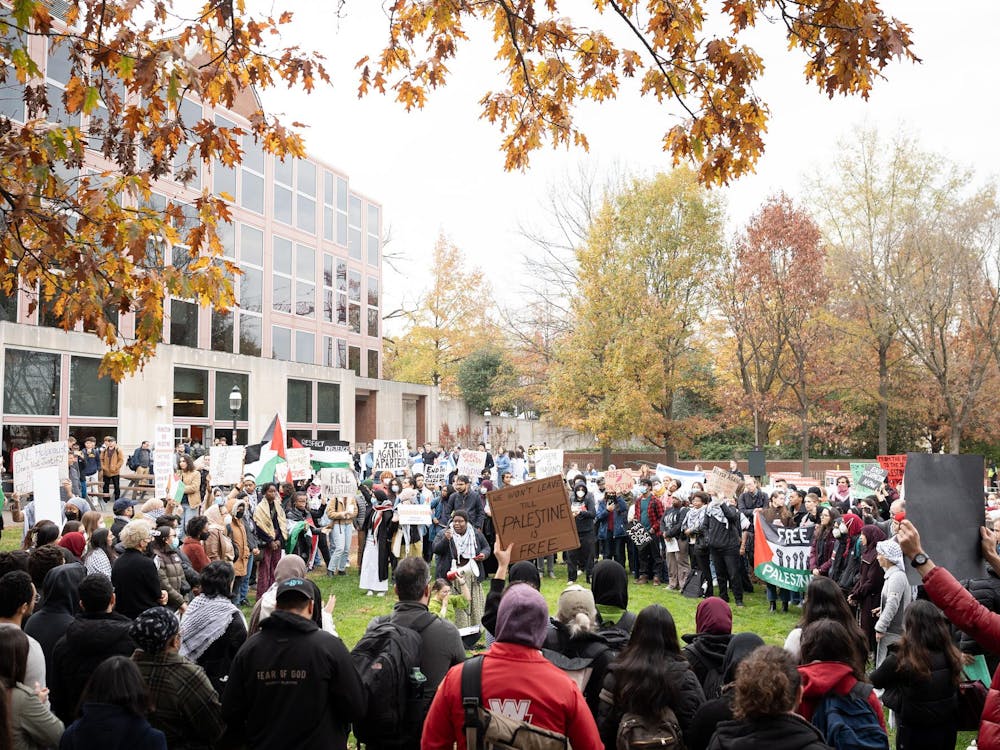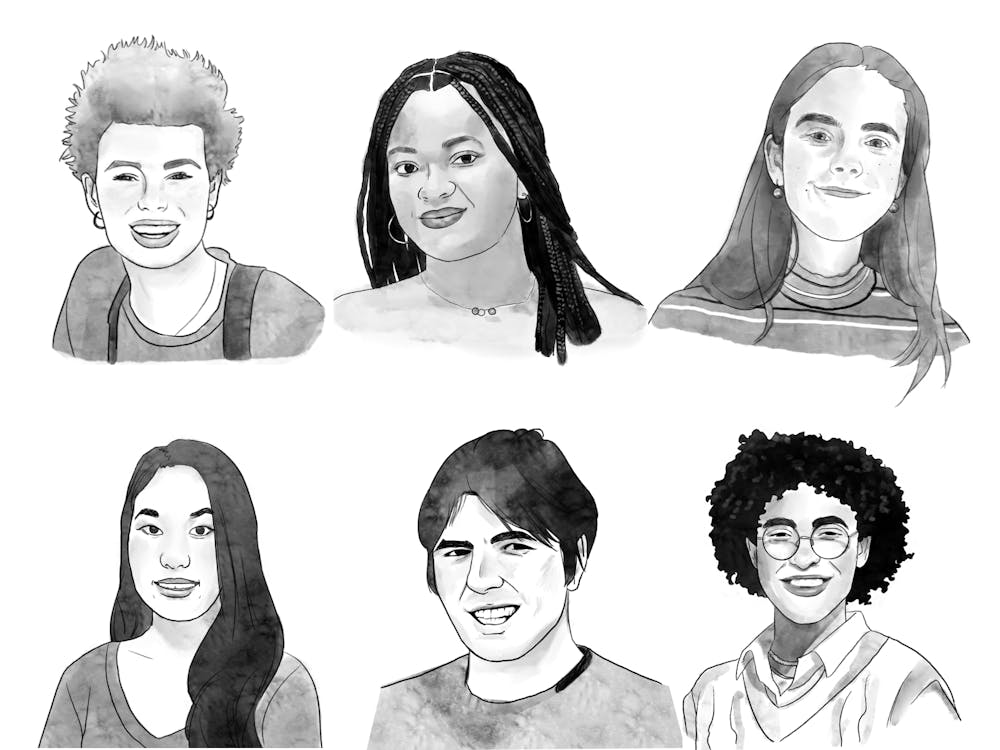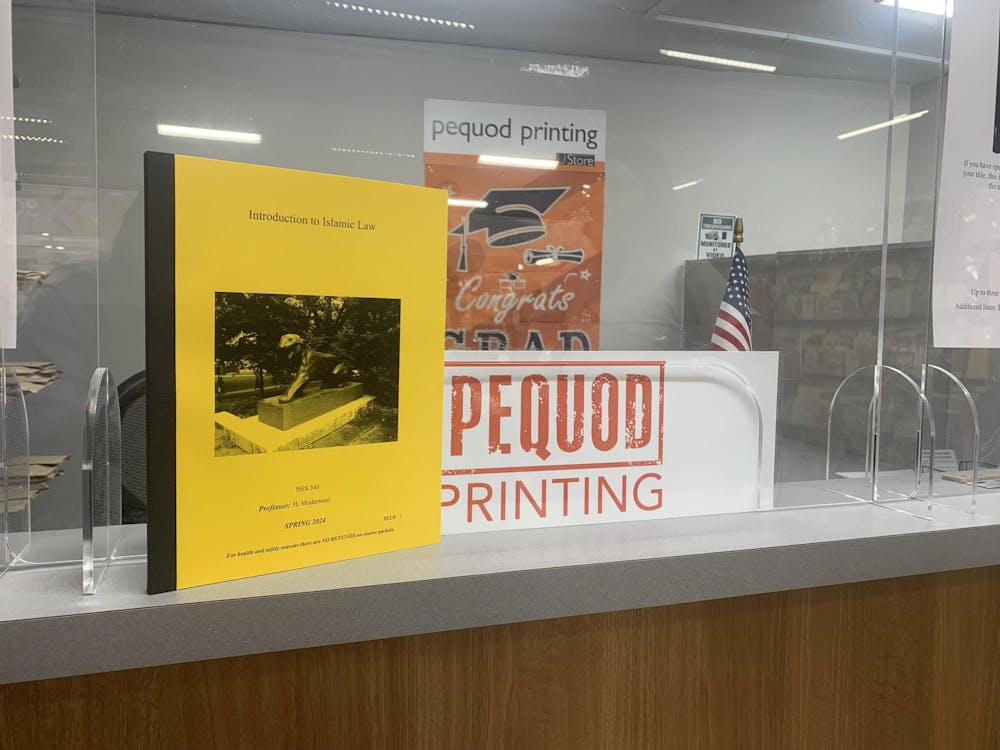Editor's note appended
There are only two groups who routinely ignore the traffic lights on Washington Road: drivers and pedestrians.
Almost every day I cross Washington Road several times. In the early morning when there’s hardly anyone around, drivers rocket by at 50 or 60 miles per hour and feel completely free to ignore the lights, especially if they’re coming up the hill and making a right turn onto Prospect Avenue. One steps into the street at one’s peril: Eternal vigilance is the price of survival.
Later in the day, say when classes change at 11 a.m. or noon, there’s a surging tide crossing in both directions in front of the Robertson swimming hole. I’m struck, so to speak, by the devil-may-care attitude of students, who ignore cars, traffic lights and the laws of physics as they cross the street, totally wrapped up in their cellphone conversations and oblivious to the cars and trucks speeding by in both directions. Only a fortunate coincidence — a few drivers are not talking on their own phones — prevents a higher death toll. Young people think themselves immortal (age will correct this misapprehension eventually), and fortunately most drivers are alert enough that the illusion is preserved; everyone so far has escaped unscathed. (Someday I must look into whether “scathed” is a word that could be worked into a column, but that’s for another time.)
Boulders and fences are an attempt to eliminate jaywalking, but casual observation quickly reveals that they don’t accomplish much. The flashing lights between Fine and the Lewis Thomas Lab are a great idea, but only if drivers pay attention. Sometimes they do. The free-fire zone at the end of William Street across from the library and the chapel is total anarchy, with no rules of engagement at all; it’s sufficiently dicey that I normally come up Shapiro Walk instead of William so I can use the traffic light.
Perhaps one could think of the local crossings as tryouts for the big leagues. I spent half of last summer commuting to New York. Part of the trip was a mile-long walk from Penn Station down 8th Avenue early in the morning and back up in the late afternoon. In New York, pedestrians and drivers are in fierce competition, certainly for high stakes if not literally to the death (usually, but there are unfortunate exceptions). An aggressive pedestrian can save several seconds by trying to beat out a speeding cab or truck. An aggressive driver can save an entire cycle of a traffic light by 60-mile-an-hour intimidation. With the stakes so high, it’s clear why the competition is so intense. Even though my schedule didn’t matter a bit, I joined the game as a matter of personal honor. It became obvious after a few near-scathes, however, that I didn’t have the requisite skill to participate, and I went back to dutifully waiting, just like any other rube, until the lights were in my favor. And even then I looked both ways before crossing. In hindsight, this was probably prudent: A recent article in the New York Times observed that pedestrians over 65 are much more likely to be killed than more spry and alert younger folk; clearly something happens suddenly when one hits that magic birthday, at least in New York.
Back in Princeton, crossing Nassau Street is a variant of the Washington Road game. There are fewer traffic lights and they have long cycles. As compensation, there are several places where in theory a pedestrian can simply walk across the street and the ever-courteous and alert drivers will wait patiently until he or she is safely on the other side. But as Yogi Berra might have said, “In theory there’s no difference between theory and practice; in practice there is.” In theory, pedestrians have the right of way and need merely step into the street to exercise it; in practice, one runs the same risks as on Washington or 8th Avenue, though typically there’s so much traffic on Nassau Street that the closing velocity is lower and the odds of surviving are correspondingly higher.
I suspect this low-level warfare will go on for many years, though in theory (there’s theory again) the planned pedestrian bridge across Washington Road will eliminate one of the points of impact. In practice it would not be a complete surprise if the bridge were ignored, since it will always be easier to cross at street level than to climb up and back down. The only solution is likely to come in some not-too-distant future when the entire campus is covered with buildings — we’re well on our way — and the roads have all gone underground, in our own local version of Boston’s Big Dig. Let’s hope for the day when Washington Road becomes a pedestrian mall. Meanwhile, look both ways before crossing the road.
Brian Kernighan GS ’69 is a computer science professor and a Forbes faculty adviser. He can be reached at bwk@cs.princeton.edu.
Editor's note:
Monday's print version included an inadvertent pull quote in this column. This quote was inserted accidentally by the editors and was not written by Kernighan.









